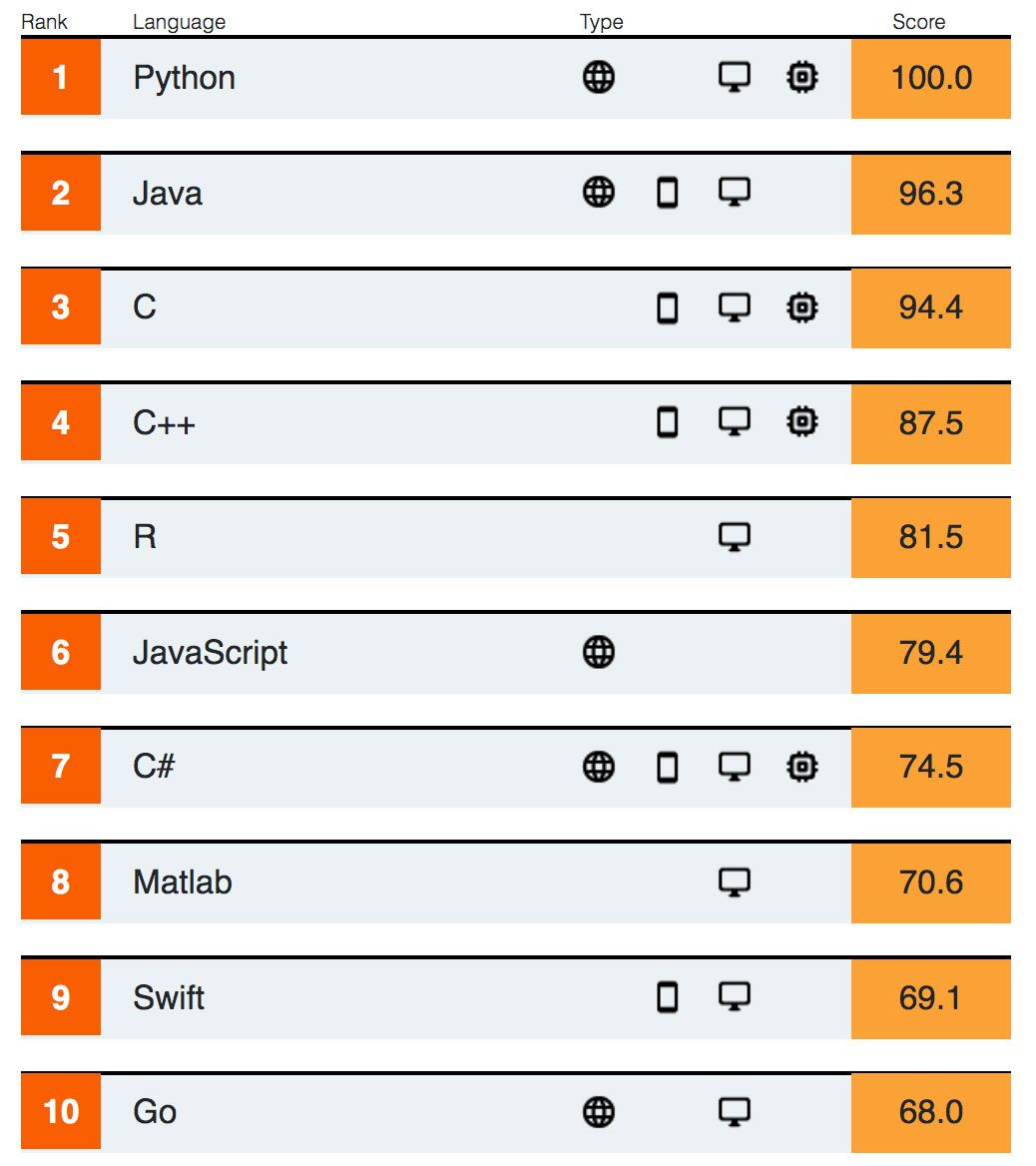Supporting the nation’s vision of becoming a global manufacturing hub, ABB partnered with NITTTR, for a digital simulation of a CoE lab for students and faculty
The funding for the project is part of ABB India's CSR initiative
New Delhi: Swiss power major ABB India on Tuesday announced the company and the National Institute of Technical Teachers Training and Research (NITTTR) have set up a digital simulation lab in Chandigarh.
The first-of-its-kind multi-physics 'Simulation Center of Excellence' (SCoE) in the country will enhance skill development for critical electro-mechanical equipment design and manufacturing, catalysing 'Make in India' for the students and the faculty members of the institute, according to a statement by ABB India.
The funding for the project is part of ABB India's corporate social responsibility (CSR) initiative.
The Center has added another feather in the cap of educational hub of Chandigarh and Mohali, having institutes of repute ranging from business schools to state-of-the-art research institutions. Chandigarh and its adjoining areas have also become a sought-after destination also for outsourcing industries.
Students from electrical and mechanical engineering departments of the institute have been working with ABB on online remote condition monitoring of motors and issues of motor casings.
Though the SCoE was established with focus on electromechanical systems, the high-performance computing feature of workstations in SCoE has also been used by students of the computer science department of the NITTTR for their postgraduate thesis work in the domain of machine learning.
"A combination of knowledge and expertise developed through the right skilling initiatives would be key to take the Indian economy to the next level of growth. ABB India over decades has been working on various initiatives to catalyse teaching, learning and skill development on best-in-class global technology and practices," said ABB India Managing Director Sanjeev Sharma in the statement.
"The upgraded computing, simulation and analysis facilities available in SCoE has brought opportunities for NITTTR students and faculty for research of complex industrial systems. With the availability of SCoE infrastructure, NITTTR faculty has been able to introduce new short-term courses in the domain of Finite Element Analysis for the technical teachers," said NITTTR Director Shyam Sundar Pattnaik.
The funding for the project is part of ABB India's CSR initiative
New Delhi: Swiss power major ABB India on Tuesday announced the company and the National Institute of Technical Teachers Training and Research (NITTTR) have set up a digital simulation lab in Chandigarh.
The first-of-its-kind multi-physics 'Simulation Center of Excellence' (SCoE) in the country will enhance skill development for critical electro-mechanical equipment design and manufacturing, catalysing 'Make in India' for the students and the faculty members of the institute, according to a statement by ABB India.
The funding for the project is part of ABB India's corporate social responsibility (CSR) initiative.
The Center has added another feather in the cap of educational hub of Chandigarh and Mohali, having institutes of repute ranging from business schools to state-of-the-art research institutions. Chandigarh and its adjoining areas have also become a sought-after destination also for outsourcing industries.
Students from electrical and mechanical engineering departments of the institute have been working with ABB on online remote condition monitoring of motors and issues of motor casings.
Though the SCoE was established with focus on electromechanical systems, the high-performance computing feature of workstations in SCoE has also been used by students of the computer science department of the NITTTR for their postgraduate thesis work in the domain of machine learning.
"A combination of knowledge and expertise developed through the right skilling initiatives would be key to take the Indian economy to the next level of growth. ABB India over decades has been working on various initiatives to catalyse teaching, learning and skill development on best-in-class global technology and practices," said ABB India Managing Director Sanjeev Sharma in the statement.
"The upgraded computing, simulation and analysis facilities available in SCoE has brought opportunities for NITTTR students and faculty for research of complex industrial systems. With the availability of SCoE infrastructure, NITTTR faculty has been able to introduce new short-term courses in the domain of Finite Element Analysis for the technical teachers," said NITTTR Director Shyam Sundar Pattnaik.
Source: https://www.livemint.com/education/news/-make-in-india-push-abb-nitttr-set-up-digital-simulation-lab-in-chandigarh-1568132967806.html (Accessed on September 11, 2019)


